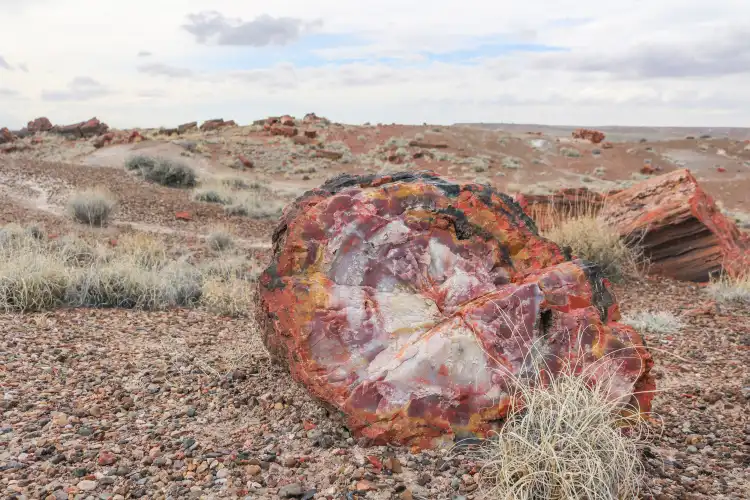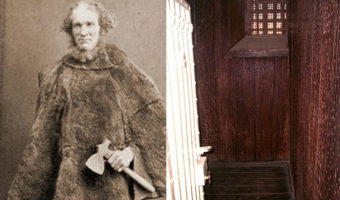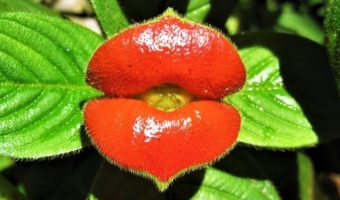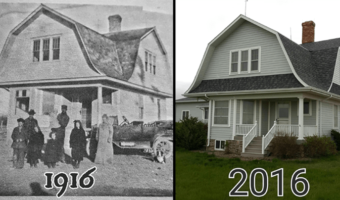Arizona’s Ancient Forests Frozen in Time – The 225-Million-Year-Old Petrified Tree Trunks
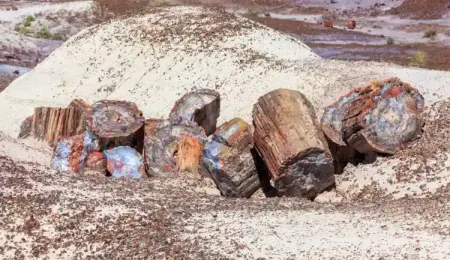
Nature amazes us every day with enthralling color palettes it scatters around us, carelessly, but perfectly. Be it the sunset sky, the leaves in autumn, or the wings of a butterfly, every speck of color blends perfectly with the other, like a celestial artist’s vision. A photo of one such creation was shared on Reddit in 2019. and since then, has received a fair share of attention around social media. These beautiful petrified tree trunks- turned stones of perfectly blended colors, are assumed to be around 225 million years old.
Table of Contents
Once upon a time, 225 million years ago, the story began.
So, does this mean that this petrified tree trunk, when alive as a tree, had even seen dinosaurs?
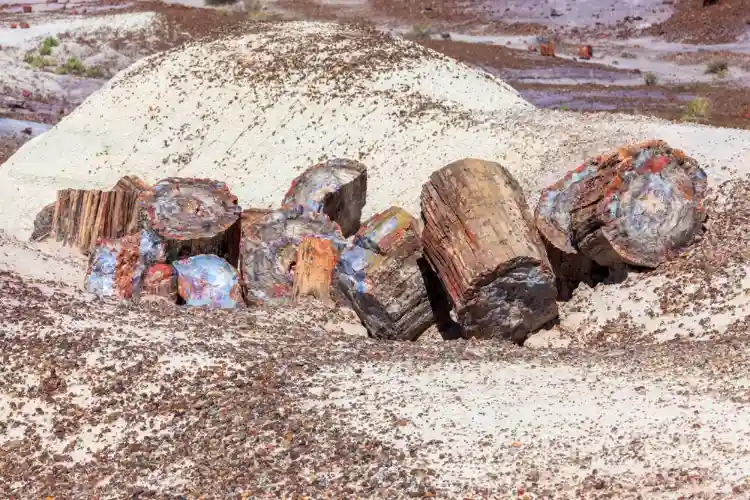
After the photo went viral on social media sites, it was identified to be in the Petrified Forest National Park in Arizona. Arizona used to be a lush, sub-tropical coniferous forest with frequent rains around 225 million years ago. These lands were constantly flooded by rivers from the mountains, bringing in sediments in the mud. When these huge trees or branches would fall, they got buried by these sediments, eventually fossilizing! Volcanic activity was also abundant in this area, and constant layers of volcanic ash, that contains silica, got mixed in the soil due to eruptions. Silica is vital in forming petrified wood. But more on their formation later!
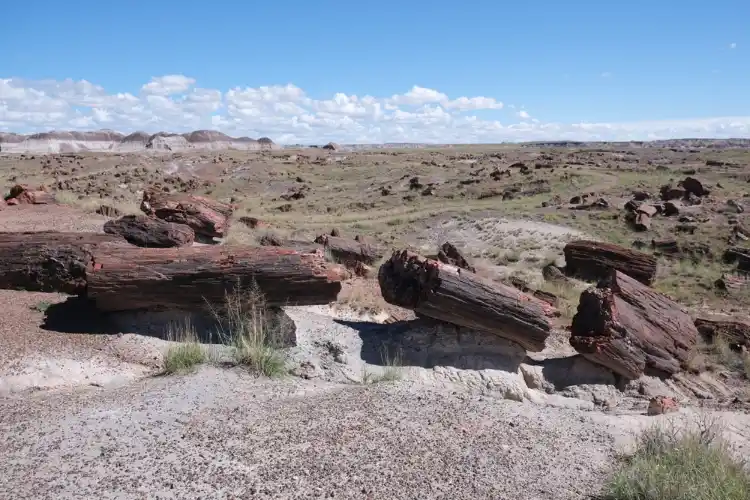
All the petrified forests of America are ancient natural wonders, but probably none as ancient as the forests in Arizona. Over 225 million years old, they are even more ancient than Yellowstone National Park. Petrified fossils are also present much more in abundance in Arizona than in any other part of America. The variety of colors, forms, and uniqueness make them a huge attraction. Not just agates, opals, or chalcedony, but many are jasper or onyx – all precious gemstones of incredible value!
The picture popularized as “Opalized Petrified Tree Trunk” may not be Opal at all.
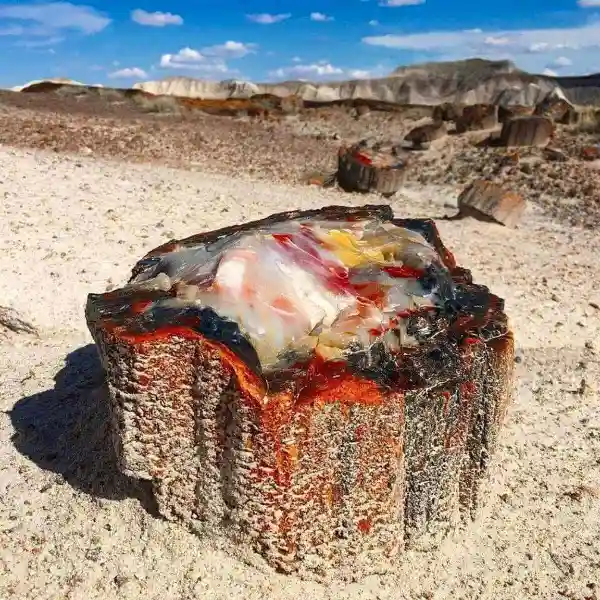
Sarah Herve, an interpretive ranger in the Petrified Forest National Park in Arizona, says that the petrified wood picture that got shared on social media as opal is not opal at all. It might be closer to agate, a form of quartz. Both opal and agate are geologically classified as silica-based minerals. But unlike agate, opal does not have a crystalline structure.
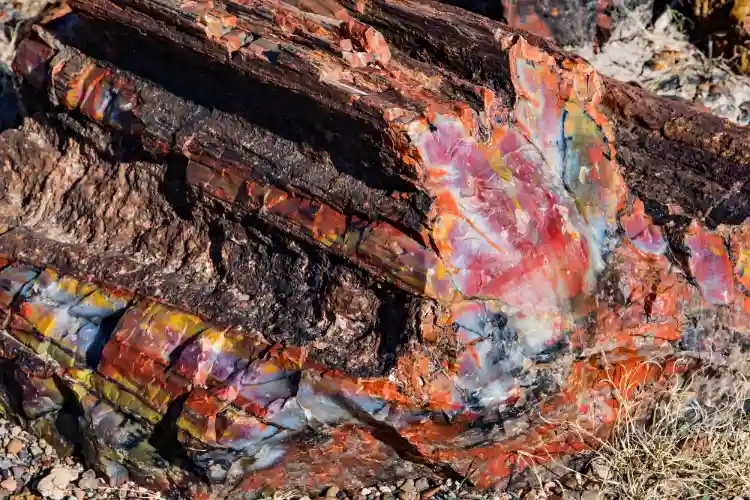
The source of this information was traced back to an article on a geology website describing it as opal. Since then, the name has stuck, as thousands of articles and posts described the tree in the photo as opal. Today if you search for “opalized petrified tree trunks,” that particular tree stump picture pops up. But as I said, experts say this one is not opal at all, though the difference between the two is very minor as far as minerals are concerned.
How is a petrified tree trunk formed?
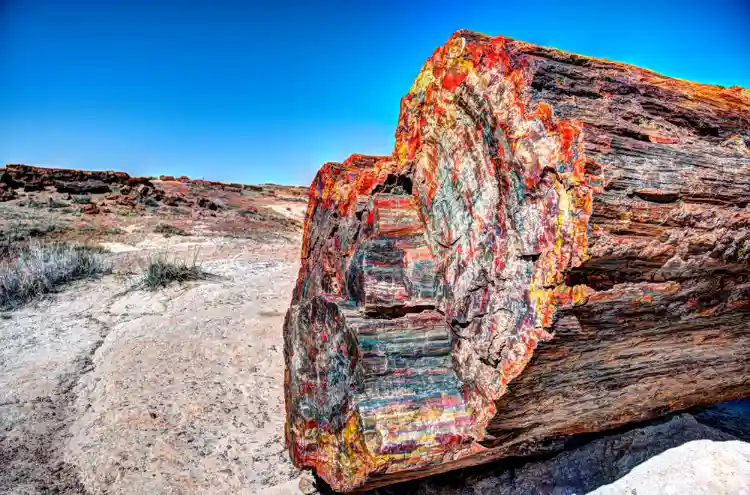
Petrification is the process through which trees or tree-like plants become stones through mineralization. Therefore, petrified wood means wood that has turned to stone. These minerals are mostly various forms of silica, like opal, chalcedony, or quartz.
Millions of years ago, Arizona’s landscape was not as dry and desert-like. It had a sea to the west and mountains to its south and southeast, receiving continuous volcanic ash. With time, as the water receded, the trees, or large woody stems of trees, got buried in the soggy earth full of dissolved minerals (silica from the volcanic ash). The ash that covered the ground also helped in preventing oxygen or any other microscopic critters mostly responsible for wood rot from entering. As a result, the wood decayed extremely slowly and did not rot.
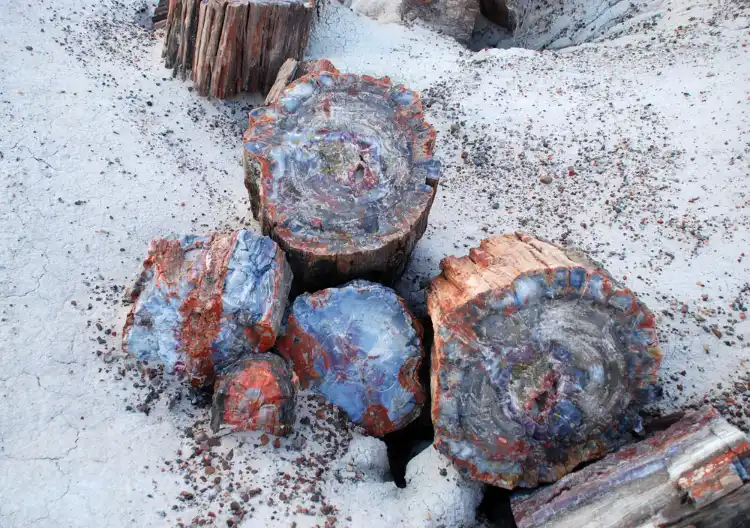
All this while, the minerals dissolved in the water slowly replaced the plant cell walls, as well as filled up the wood’s voids. As the wood became mineralized, it changed to stone, becoming extremely durable. Among the minerals identified in all petrified woods, the most significant mineral is silica. Apart from silica, there are iron, manganese, and other minerals giving these fossils a plethora of stunning colors.
The mineralization in petrified woods gives them the status of gems and precious stones.
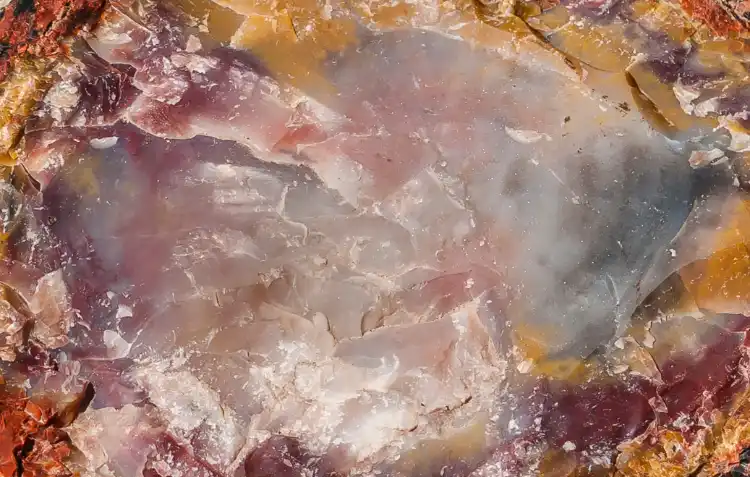
Petrified wood starts its life as wood but undergoes a complete transformation over the years. As the wood goes through fossilization, the wood cells become replaced with minerals. The silica in the logs crystallizes into beautiful quartz, mixed with iron oxide and other minerals. Imagine a beautiful bark of a tree with rings, lines, and patterns. Now replace the wood with polished, colorful gemstones, the wood’s structure preserved by these minerals at the molecular level. A whole industry grew up around petrified wood, and it is used for jewelry, home décor, wall displays, and other novelty items. Their value causes the problem of theft from the park. It is estimated that around 12 tons of fossilized wood are stolen every year.
Conscience Letters of the Petrified Forest
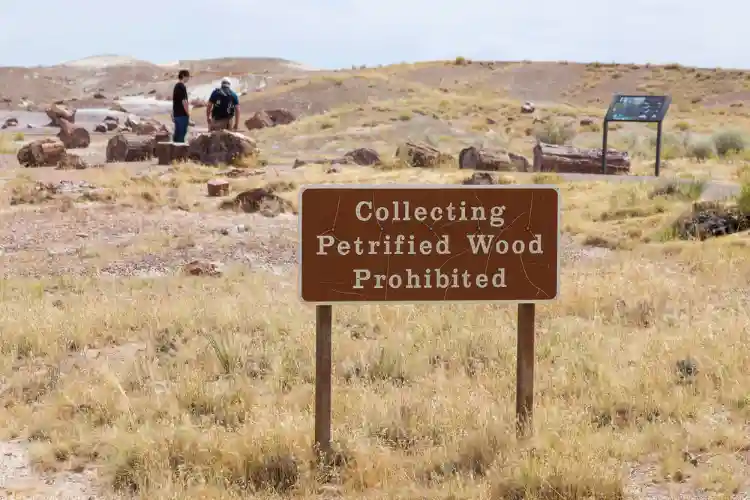
There is a mountain of petrified wood samples located near the park named the “Conscience Pile” by the rangers. The wood in that pile is all stolen petrified wood samples returned by the thieves and often accompanied by apology letters.
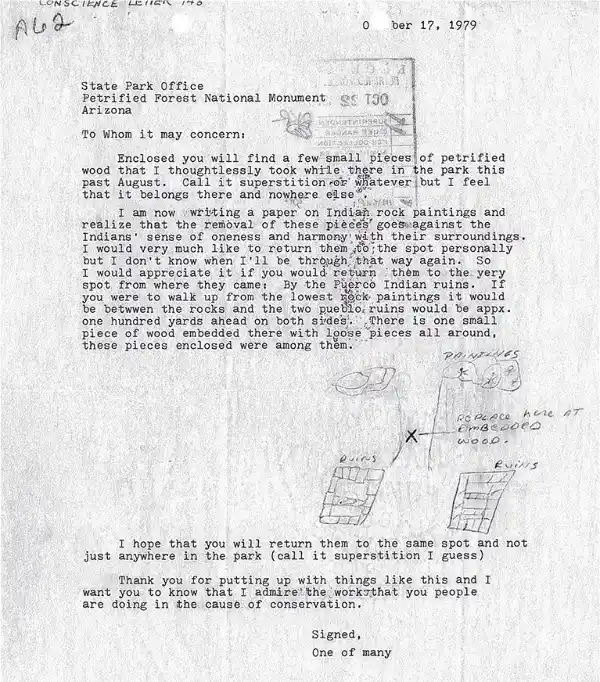
One such letter reads, “Upon returning home, we first found out that my stepmother had kidney failure, then our dog died, our central air conditioning went out….so please take these pieces back before we have any more bad luck.” The mythology of bad luck associated with these rocks keeps on producing a steady stream of apology letters.
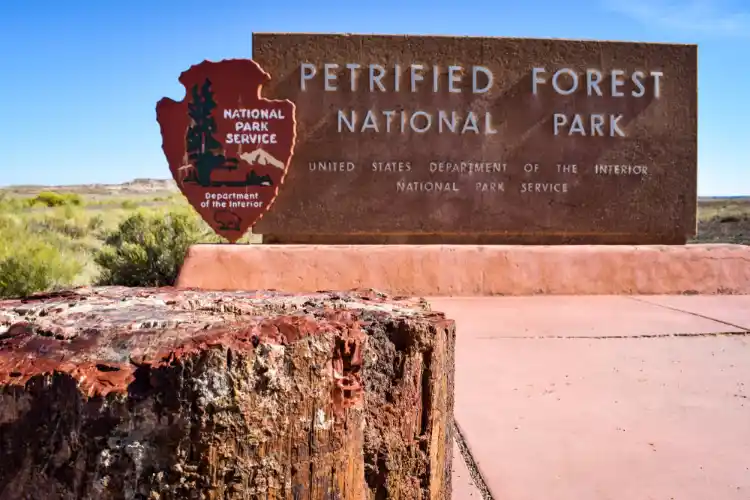
Most of these letters, many of them narrating stories of bad luck and misfortune ever since they took these rocks home, request the rangers to put the rocks back in their exact places. But for research purposes, these rocks can’t be put back in their original places. Therefore, they pile up, making the weight of the “Conscience Pile” bigger, a reminder of our actions and how they change our lives for good or ill.














